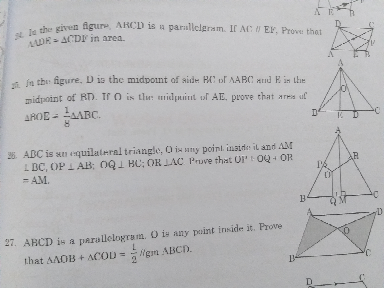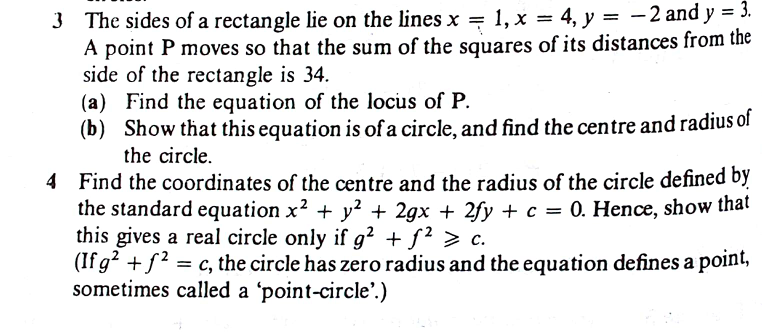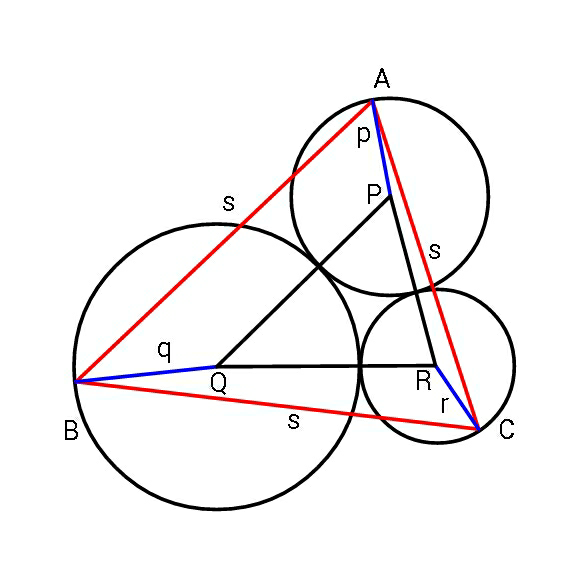
GeometryQuestion and Answers: Page 89
Question Number 62839 Answers: 1 Comments: 3

Question Number 62821 Answers: 2 Comments: 1

Question Number 62735 Answers: 1 Comments: 1

Question Number 62773 Answers: 2 Comments: 1

Question Number 62542 Answers: 1 Comments: 1

Question Number 62523 Answers: 1 Comments: 0

Question Number 62486 Answers: 2 Comments: 1

Question Number 62456 Answers: 1 Comments: 1

Question Number 62448 Answers: 1 Comments: 1

Question Number 62380 Answers: 1 Comments: 0
Question Number 62363 Answers: 2 Comments: 0

Question Number 62124 Answers: 0 Comments: 0

Question Number 62121 Answers: 2 Comments: 0
Question Number 62096 Answers: 0 Comments: 0

Question Number 62094 Answers: 0 Comments: 2

Question Number 61994 Answers: 1 Comments: 1

Question Number 61954 Answers: 0 Comments: 1

Question Number 61952 Answers: 1 Comments: 1

Question Number 61912 Answers: 0 Comments: 1

Question Number 61864 Answers: 1 Comments: 3

Question Number 61861 Answers: 3 Comments: 5

Question Number 61825 Answers: 1 Comments: 0

Question Number 61775 Answers: 0 Comments: 1

Question Number 61762 Answers: 2 Comments: 1

Question Number 61733 Answers: 0 Comments: 1
Question Number 61569 Answers: 1 Comments: 3

